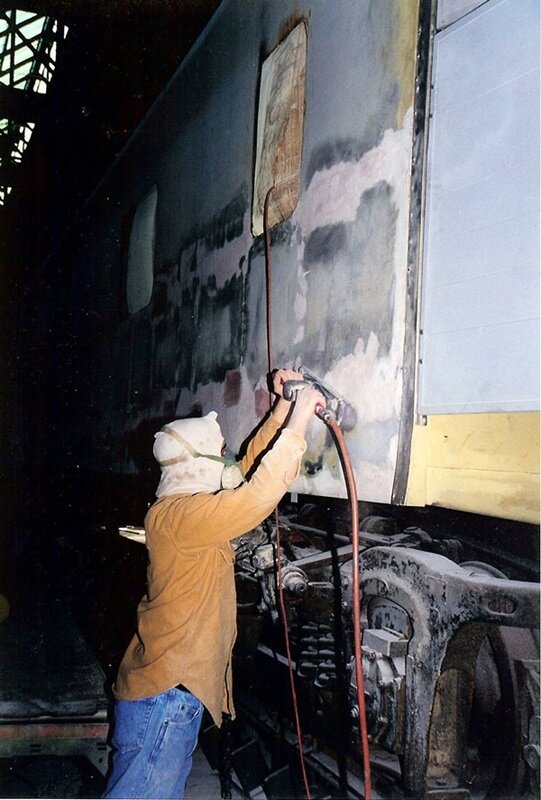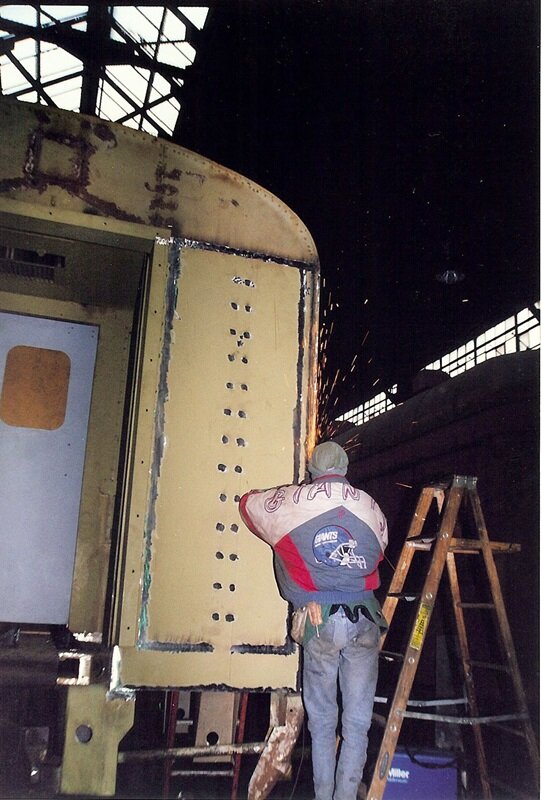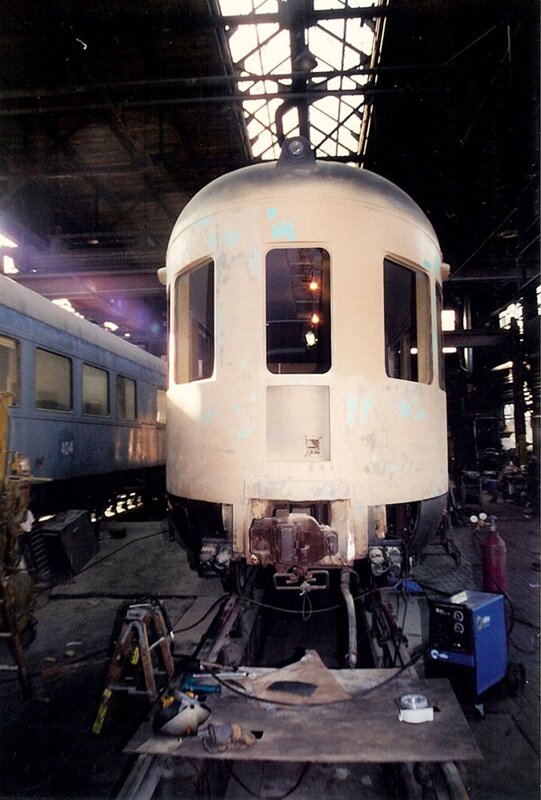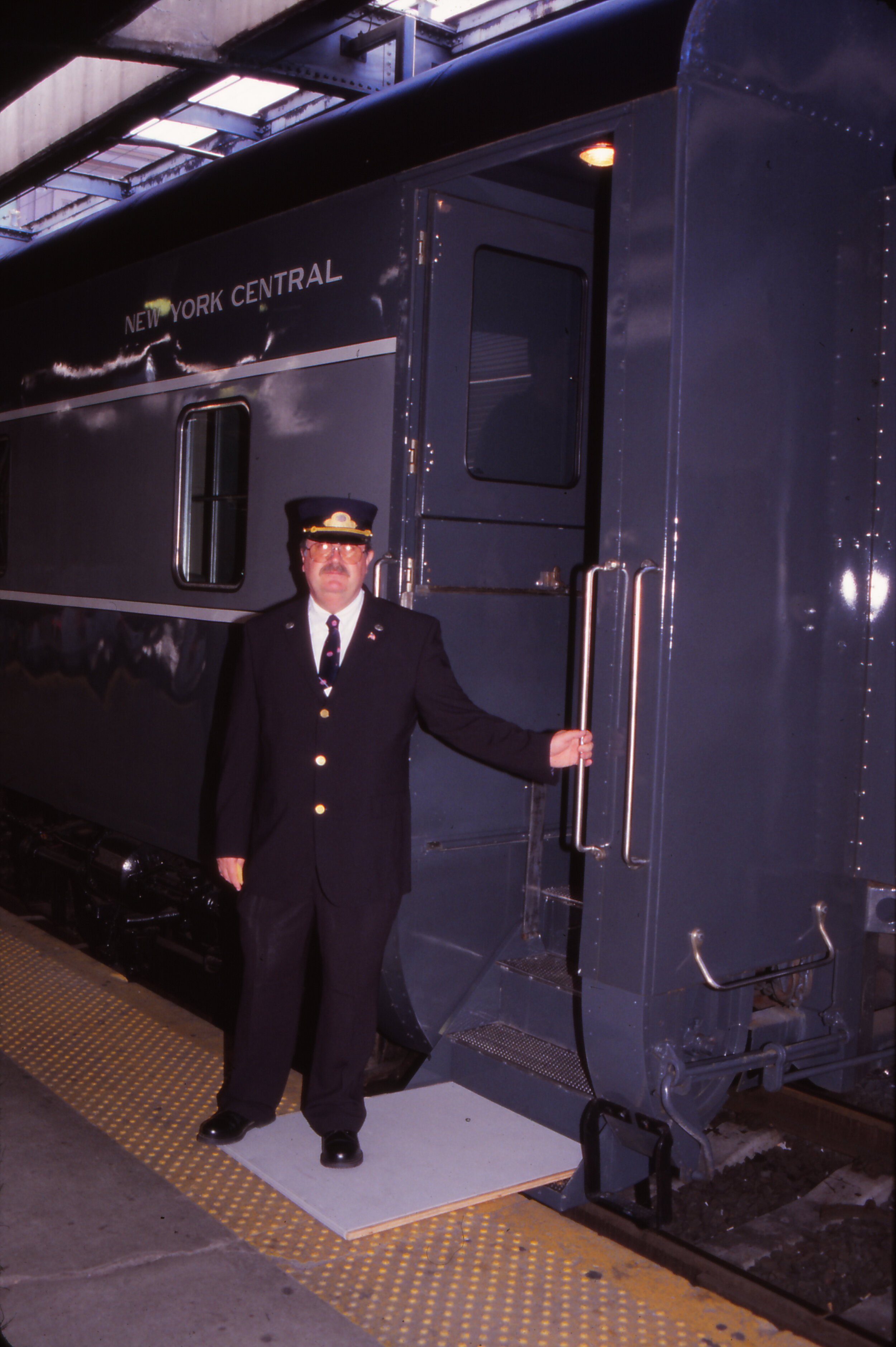New York Central Hickory Creek
The Hickory Creek is the tail car from the New York Central’s flagship train, the 20th Century Limited. The car was built by Pullman-Standard for the postwar re-equipping of the Century in 1948. Its “Lookout Lounge” made it unique from other observation cars, and its exclusivity and high-class service made it world-famous.
Today, the car is restored operational, and is Amtrak-certified. URHS operates this car in excursion service, and it can be chartered to travel anywhere in the United States that is served by Amtrak.
The 20th Century Limited
From its first New York to Chicago run in 1902, the 20th Century Limited aimed to be the finest experience on rails. The New York Central put together its newest and most opulent rail cars in ongoing effort to outdo its arch rival, the Pennsylvania Railroad. The amenities on board spoke to who the Century hoped to attract: the wealthy, the powerful, and the famous. The train boasted all-Pullman accommodations, a stenographer for business travelers, a barbershop for both men and ladies, a maid, and a valet. The train’s dining cars rivaled the finest restaurants of the cities between which they ran. Its was a five-star hotel on wheels.
The career of the 20th Century Limited was exceptional. It became the train of choice for Hollywood movie stars and business magnates alike. Its high level of service was matched only by its mechanical excellence. The Century was introduced with a 20-hour schedule between New York and Chicago. In time, the Central whittled down that run time to as short as 15 and a half hours between New York and Chicago—averaging over 60 miles per hour with stops. (For comparison, that same trip takes Amtrak 20 hours today!)
In the 1930s, the railroad industry was taken by the streamliner craze. Not to be outdone, the New York Central announced that it would construct a brand new, all-Pullman bedroom, streamlined 20th Century Limited in 1938. Famed industrial designer Henry Dreyfus was recruited to appoint the train, inside and out. His Art Deco masterpiece was described as “spectacularly understated” and aimed to bring the characteristics of New York’s best night clubs to the rails. His styling was seen in full form in the design of the train’s signature locomotive: the J3a Hudson. Its bullet-nose shrouding made it the most iconic design in the Central’s history.
Perhaps the 20th Century Limited’s most lasting legacy was its invention of the red carpet. By the time the 1938 Century rolled out, its track in Grand Central was a place to see and be seen. Part of Dreyfuss’s design included the addition of a football field-length red carpet upon which passengers would walk to their accommodations. This was done only in New York and never for any other train. However, this ritual became was appropriated by Hollywood and star-studded events around the world, long past the days of the 20th Century Limited.
After World War II, the railroad industry was riding the momentum of booming passenger traffic. As such, the New York Central invested heavily in new passenger trains, which the railroad referred to as its new “Dreamliners.” The Central touted the fact that they were to invest 290 million dollars on new cars and locomotives—more than $3 billion in 2020! Among those new trains was the last and finest iteration of the 20th Century Limited. Again designed by Drefuss, it was derivative of the 1938 version, with upgraded amenities across the board. On September 16, 1948, spectators and the press swarmed the tail of the new train in Grand Central Terminal. Actress Bea Lillie, New York Mayor William O’Dwyer, and General Dwight D. Eisenhower were in attendance to inaugurate the new Century. Of the train, Eisenhower said “To America and to the world, it symbolizes the forward-looking attitude, the daring, and the vision that have characterized our country and its people in all their undertakings.” In a twist of irony it would be Eisenhower, six years later, who would sign the law that built 41,000 miles of interstate highways in the US. This sounded the death knell for passenger train travel in America, including for the 20th Century Limited.
Despite ever-dwindling passenger numbers, the Century still provided the highest level of service available to the travelling public. The train was a household name, even into the late 50s when it was featured prominently in the 1959 Alfred Hitchcock film North by Northwest. However, even the Century was no match for the exodus of Americans from the rails to the roads. While the red carpet still rolled out every evening, the Century’s luster was dulled with the addition of coaches and other lower-fare accommodations. The 20th Century Limited’s reign was abruptly brought to an end on December 2, 1967, when the train made its final eastbound and westbound departures. The following evening, passengers would still leave Grand Central Terminal aboard the New York Central, but with no “red carpet treatment,” and on a train with no name.
The Hickory Creek
The stars of the 1948 20th Century Limited were the Creek-series observation cars: the Hickory Creek and the Sandy Creek. Both were built by Pullman and appointed by Dreyfuss. These cars were unique among observation cars. The “Lookout Lounge” took up the rear of the car, and was raised two feet above the floor with oversized picture windows. Conventional design would dictate that seats would face each other and have their backs against the wall, but with Dreyfuss’s design, this was not so. In the rear of the car, six seats for sightseers faced the windows. Ahead of those were two sofas that faced each other, that could accommodate a traveling group. Flanking the stairs were two seats where one could sit alone and take in the view of the whole “Lookout Lounge” and the panorama outside. The lower cocktail lounge featured a sofa plus two card tables which sat two and four respectively.
Ahead of the lounge was a buffet, where a Pullman Porter would prepare refreshments for guests seated in the lounge. The remaining forward half of the car was occupied by five double bedrooms, two pairs of which could open to each other to form a deluxe suite for four.
An advertising pamphlet titled The Book of the Century described the experience in the Hickory Creek like so: “From the depths of your Observation Car club chair, you find the atmosphere subtly relaxing. There’s the sense of quiet sociability around you, as you sip refreshments before dinner, and drink in the twilit beauty rolling past outside. If you’d like a particularly fine view, two steps lead up to the Century’s raised ‘Lookout Lounge’ . . . with its huge windows made to order for sightseeing along the Water Level Route.”
The Hickory Creek continued to serve the Century for as long as the train would still exist. It arrived at Grand Central Terminal on the morning of December 3, 1967, on the last run ever of the 20th Century Limited.
Preservation
After the 20th Century Limited was discontinued in 1967, the Hickory Creek was sold to the Barnum & Bailey Circus train. The car traversed the country serving as accommodations the show’s staff, and was heavily modified in the process. After retirement, it was sold into private ownership and parked. The car that was once touted as a reflection of the nation itself, was abused by vandals and sat unwanted.
Recognizing the significance of such a car to the New York and New Jersey region, and seeing the potential for its use, URHS purchased the Hickory Creek in 1991. Bolstered by significant federal grant funding, the extensive Pullman Archives at the Illinois Railway Museum, URHS believed it was capable of undertaking the profound amount of work needed to return the car from the dead. URHS hired rail car contractor Star Trak Inc. to perform the work. The plan was to restore the car to Amtrak specifications so that, once restored, it could travel the country and operate on public train rides and private charters.
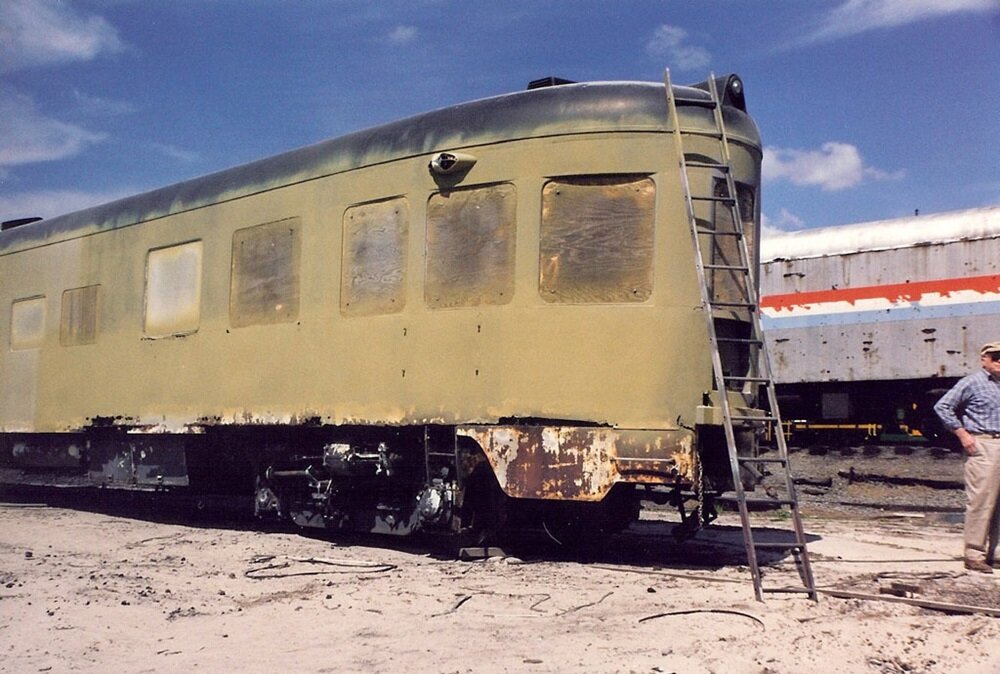

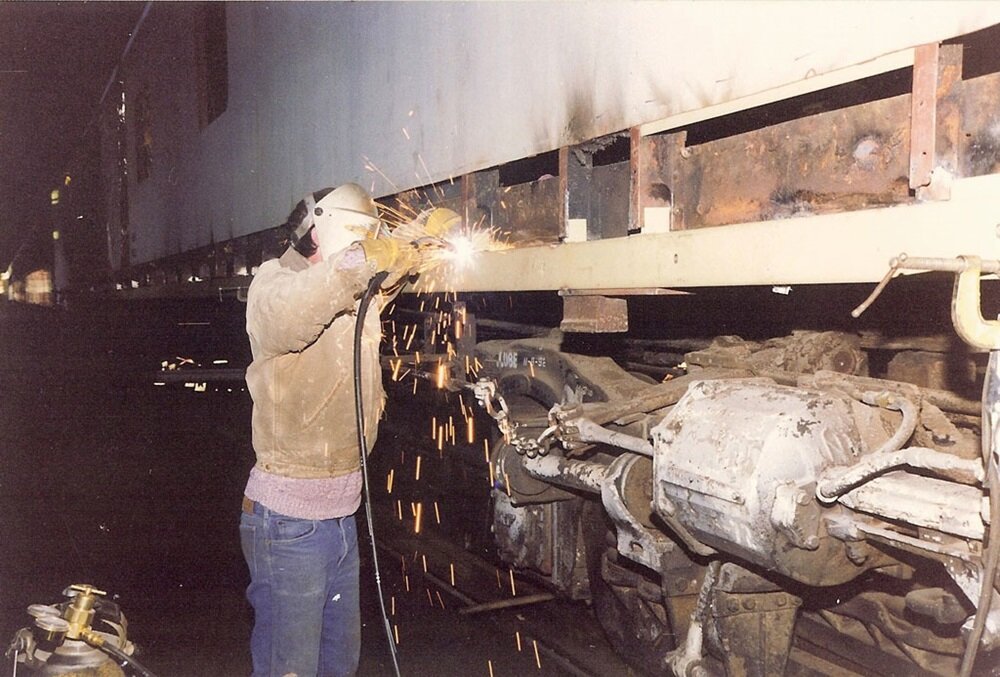
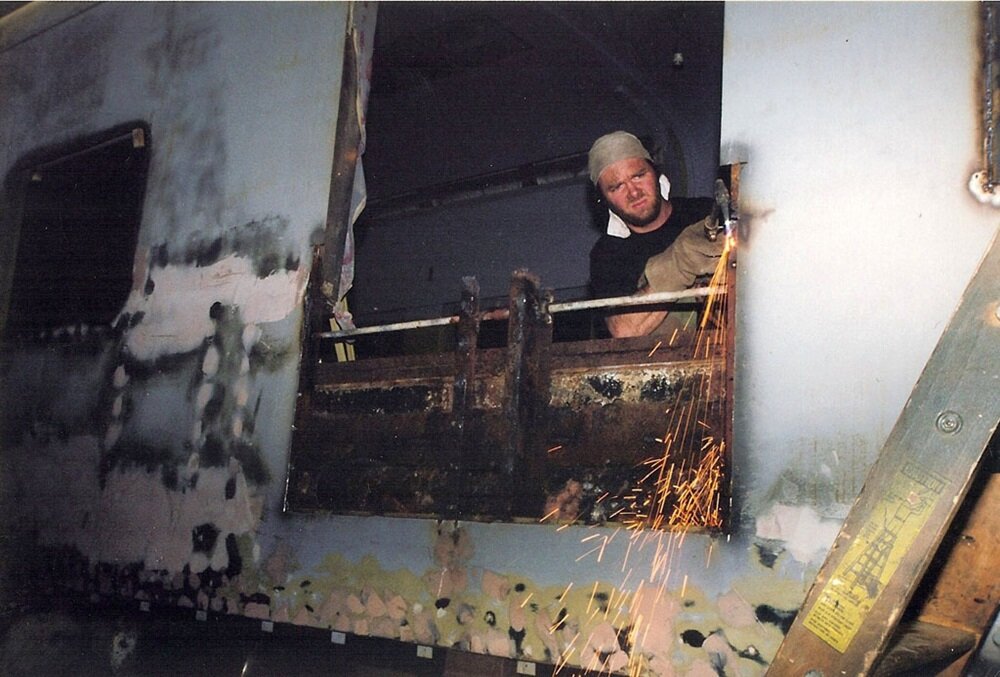
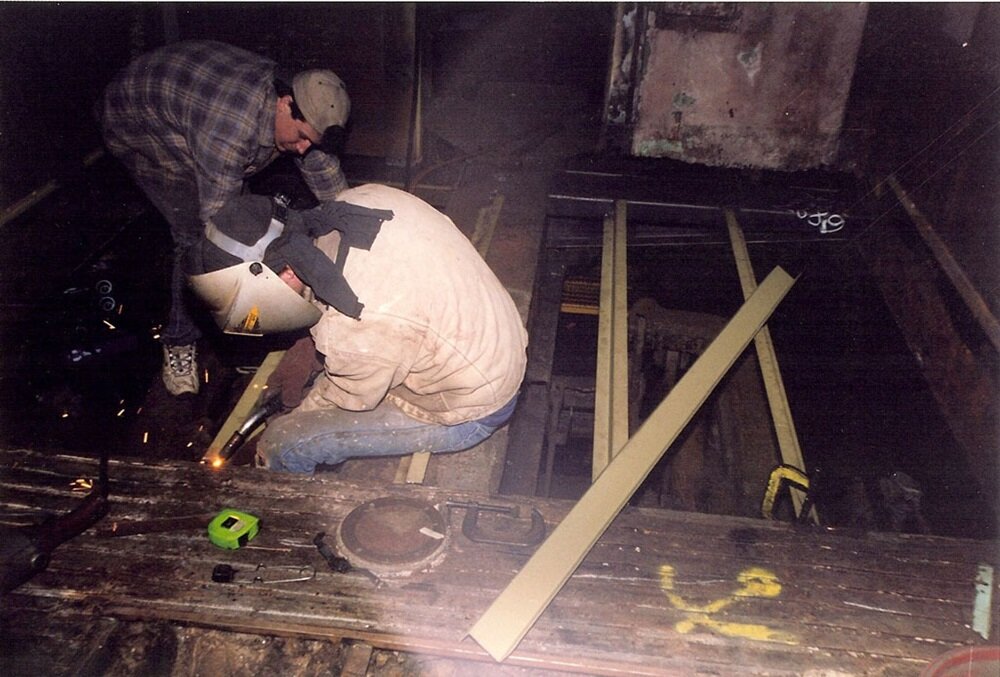
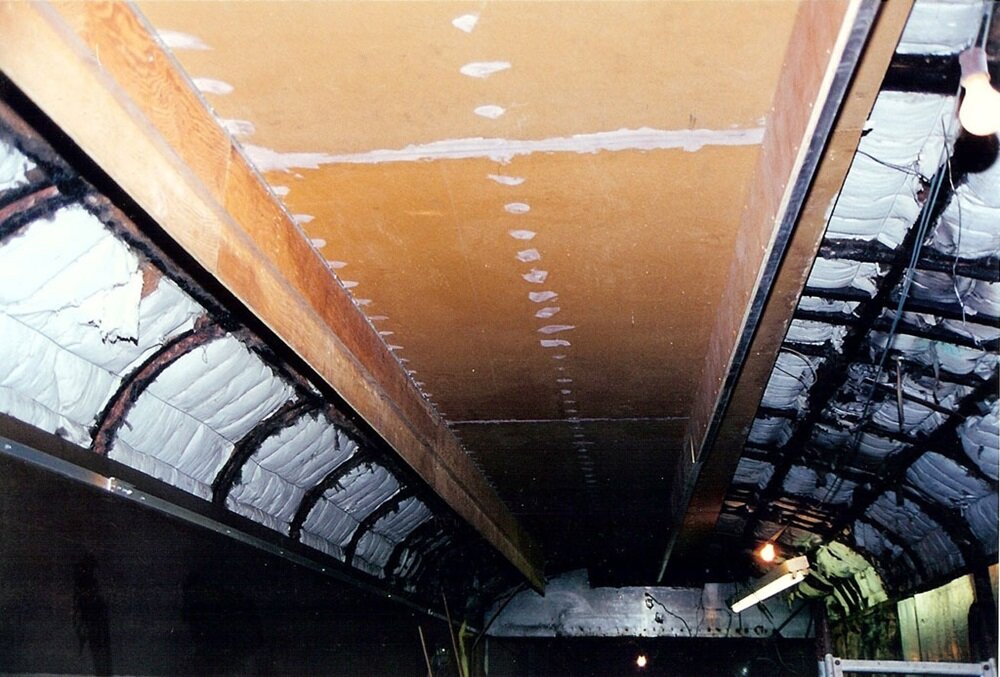
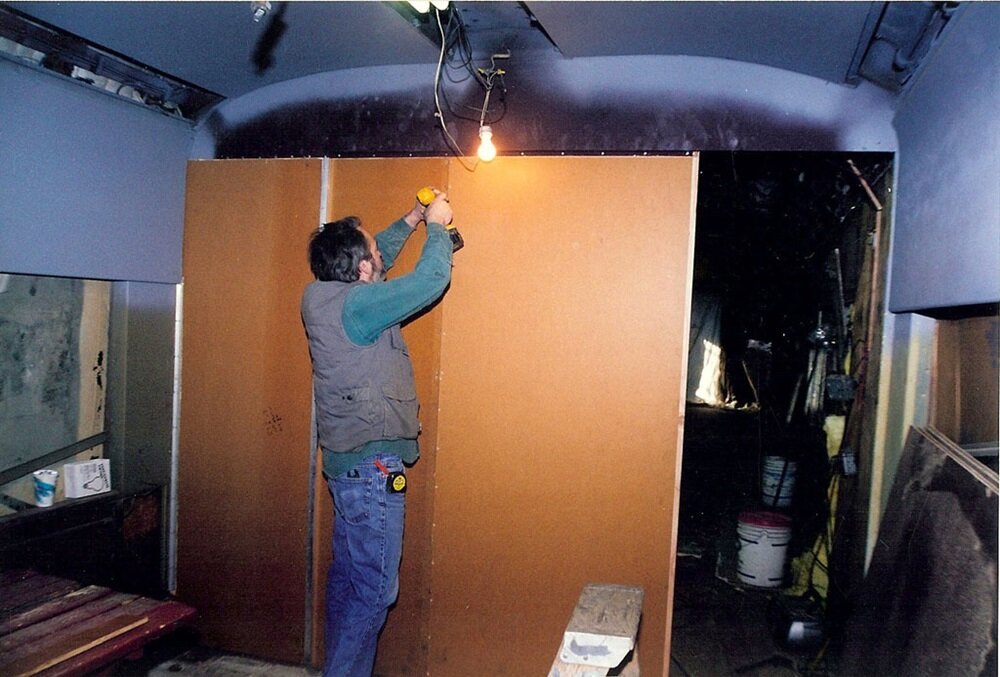
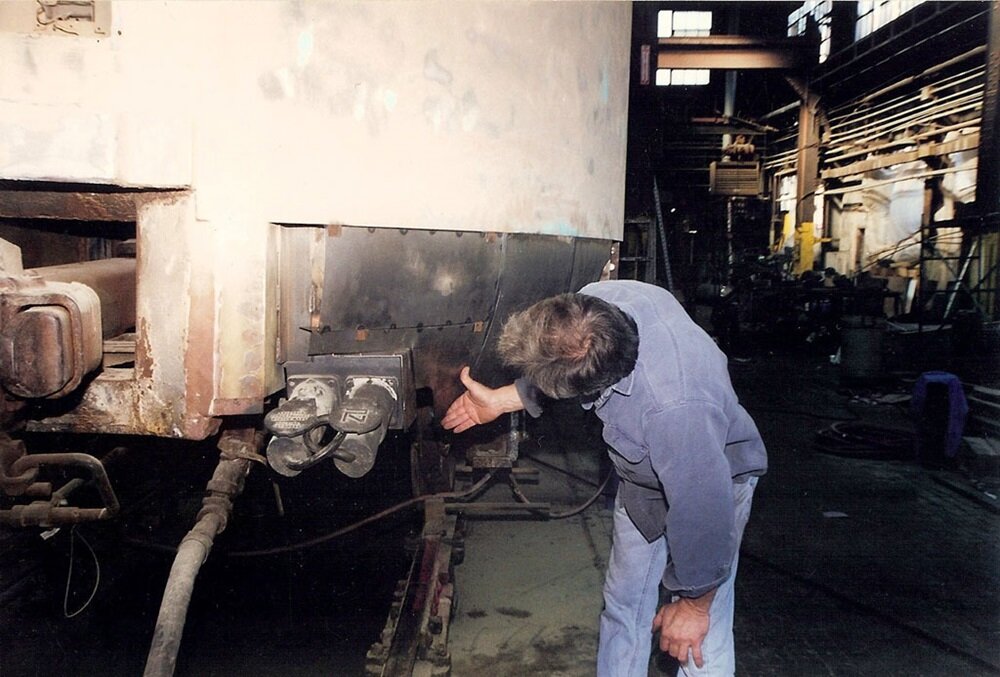
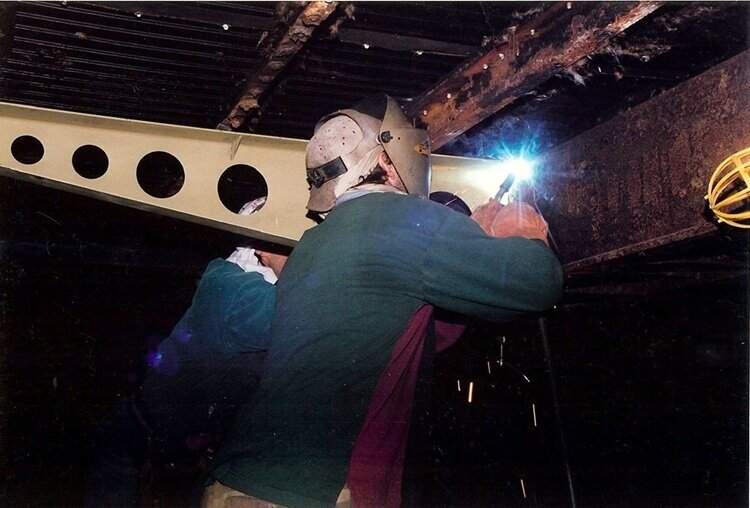
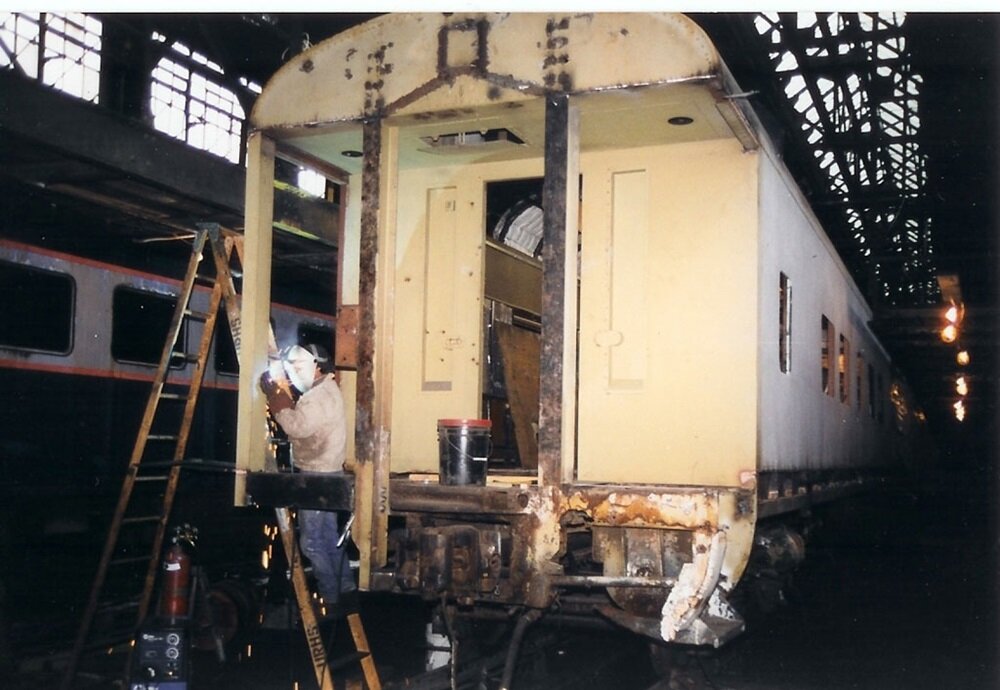
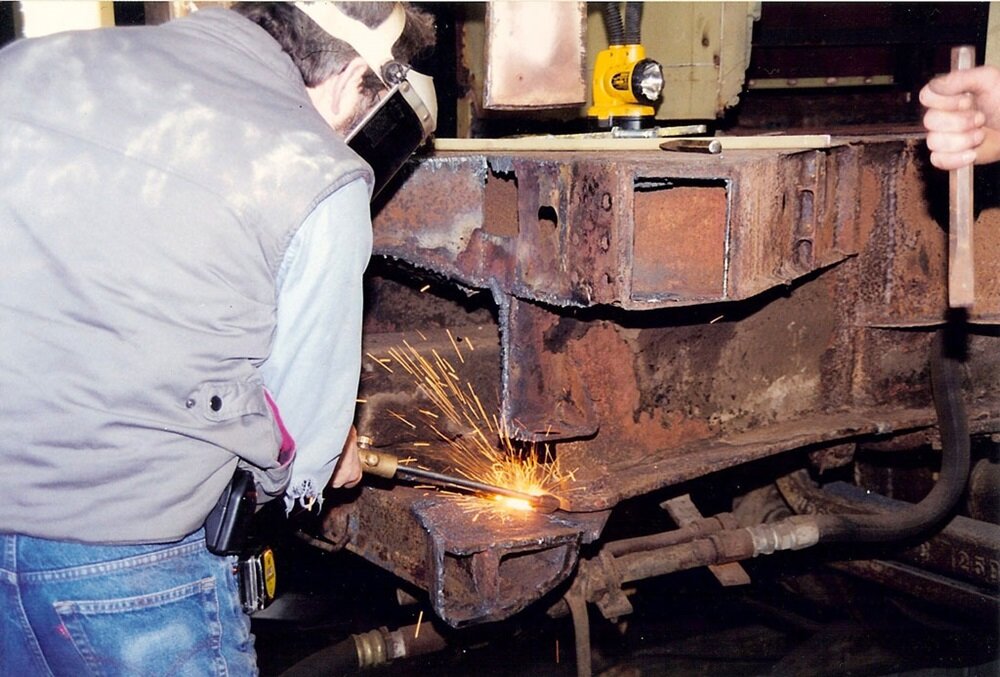

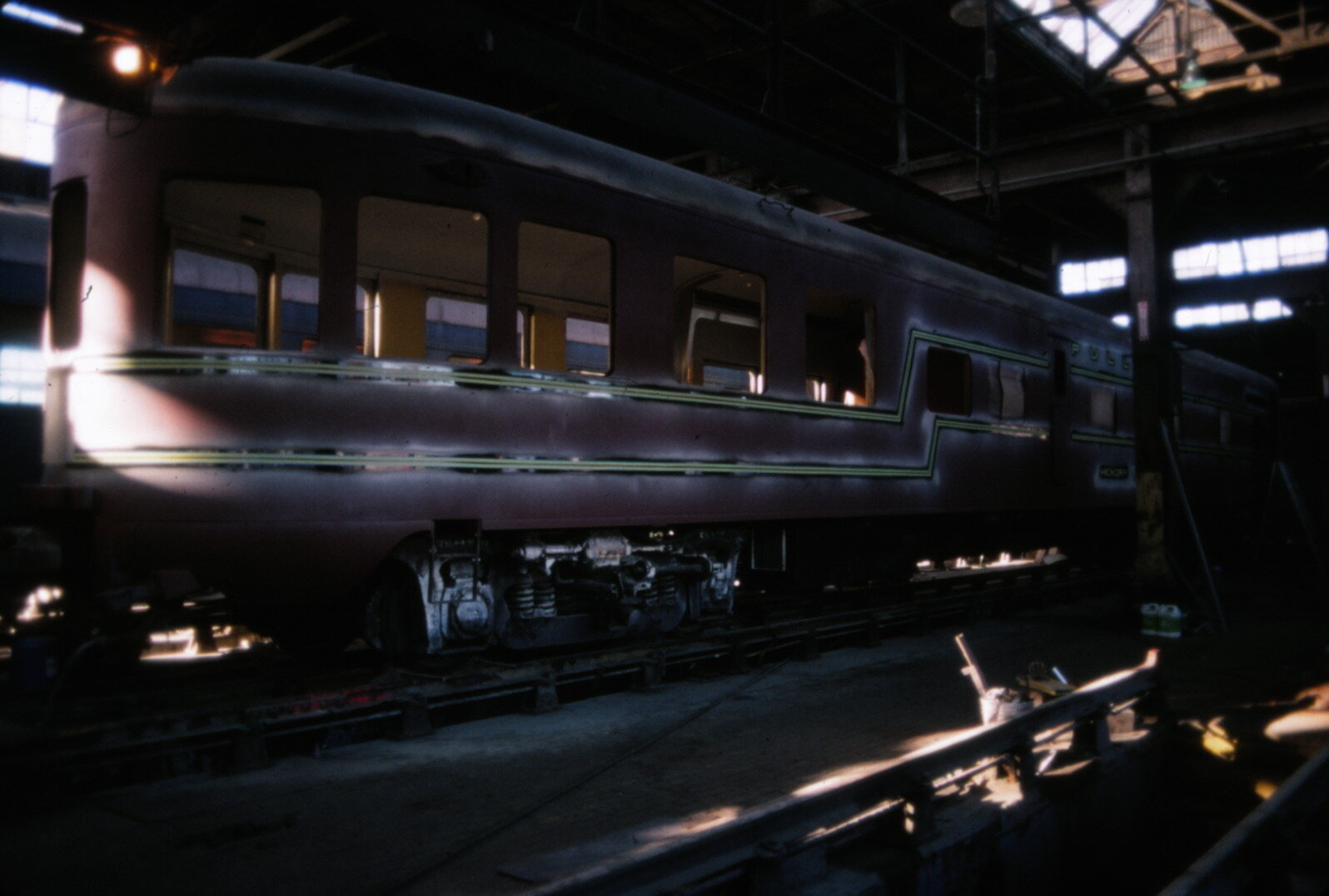
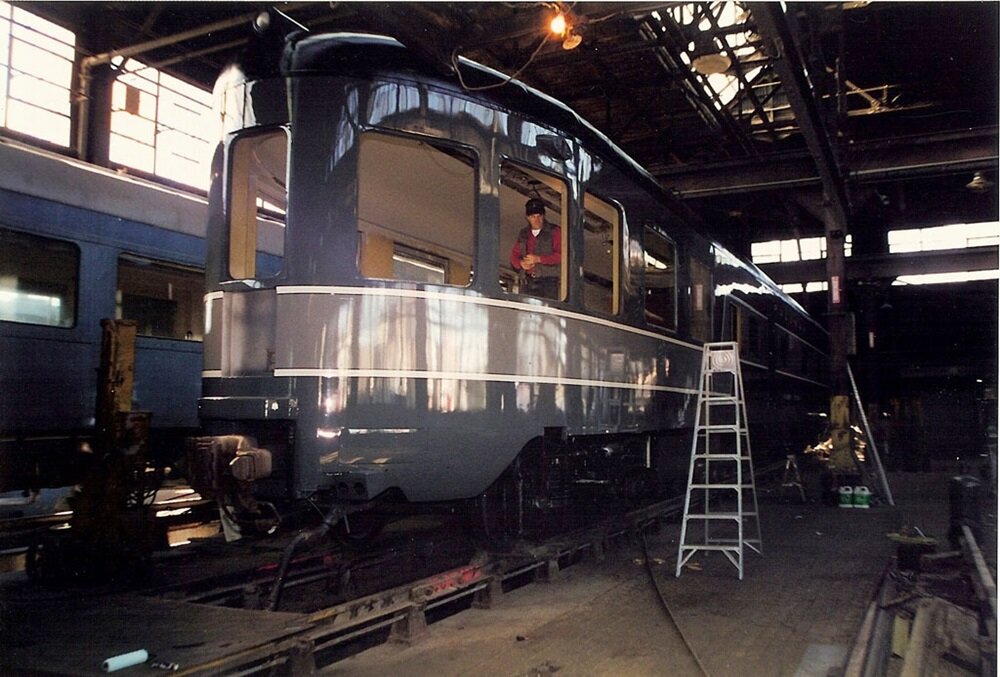
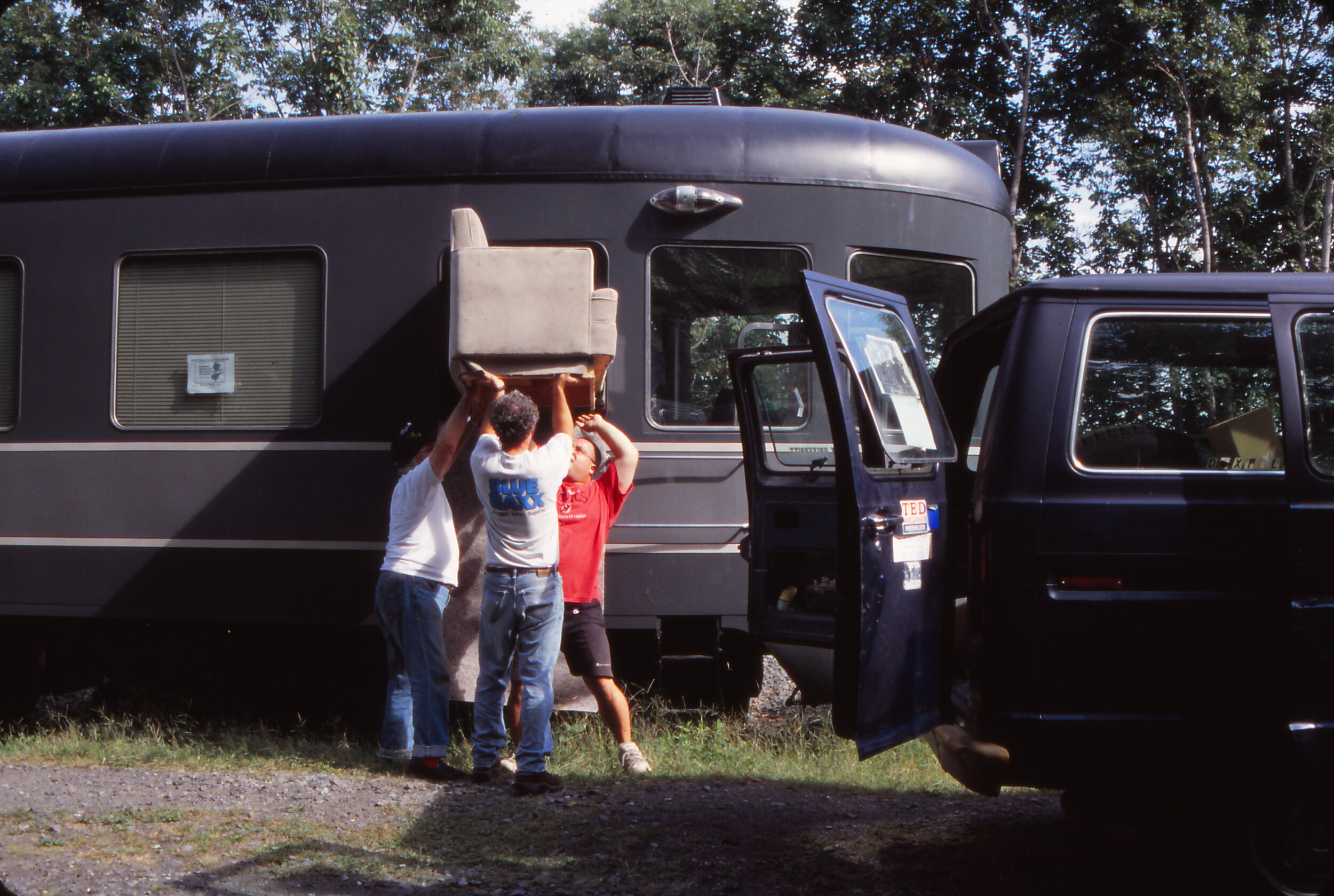

Not only was the Creek gutted, but it was not structurally sound. Star Trak utilized original blue prints to reconstruct portions of the underframe, crash posts, and floor. Because the car needed a fully new interior, URHS made the decision to redesign the floor plan to be authentic, but to also serve the needs of a modern day private car. The lounge was replicated to as close to historically accurate as possible. Everything from the kitchen forward was custom designed. The original “buffet” galley was too small for serving full meals, so the kitchen was expanded with a stove, oven, refrigerator, dishwasher, microwave, and all of the accompaniments you would expect to find in a professional kitchen.
Where there were originally five rooms with upper and lower berths, URHS opted to change the layout to 4 rooms. Two would have double beds and ensuite restrooms, and two would have upper and lower berths with a shared restroom. The new floor plan accounted for the addition of three showers—a necessity for a private car that the Creek did not already have.
After this extensive restoration that spanned more than a decade, the Hickory Creek made its first trip on Amtrak, between New York City and Niagara Falls in 2005.
Today, the Hickory Creek features:
Sleeping accommodations for eight
Dining accommodations for eight
Lounge Seating for up to 25
Full kitchen
Four toilets
Three Showers
On-board generator for power, heat, and A/C
Air compressor to operate toilets and water-raising system and automatic doors
Microphor low-maintenance sanitation system
Audio system and satellite radio
Amtrak-compatible head end power
Currently URHS maintains the Hickory Creek to Amtrak specifications, and it is capable of running anywhere in the United States that Amtrak operates. URHS is headquartered in Boonton, NJ, with direct rail access to New York City. As the caretakers of New Jersey’s and the region’s railroad heritage, URHS is proud to tell the story of “The Most Famous Train in the World” by keeping the car in service, operating it on its original route, and keeping it accessible to the public.
The Hickory Creek, as well as URHS’s New York Central No. 43, are available for private charters. Learn more by visiting our charters page.
URHS also looks forward to welcoming passengers on public trips in 2021. Visit our train rides page and join our mailing list to be the first to learn about coming excursions!
